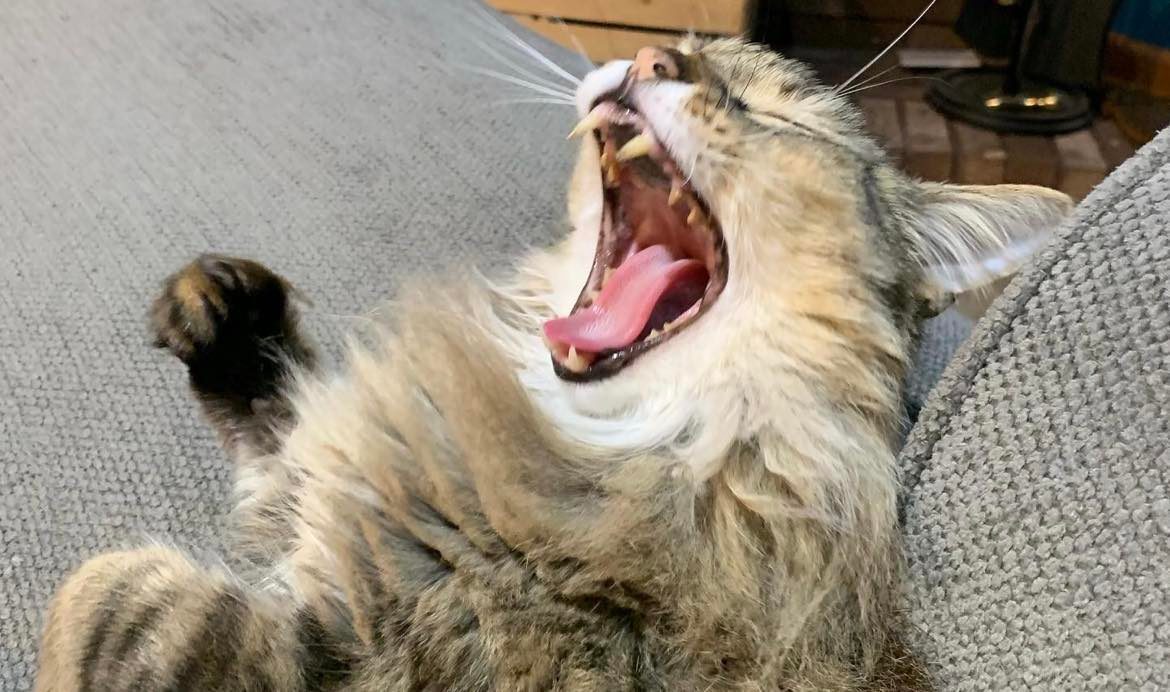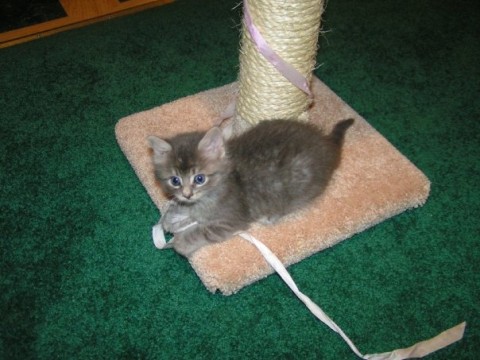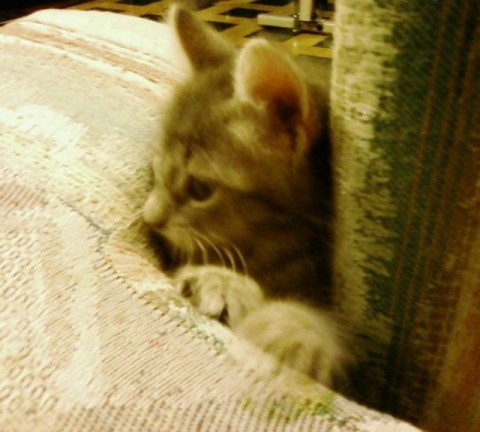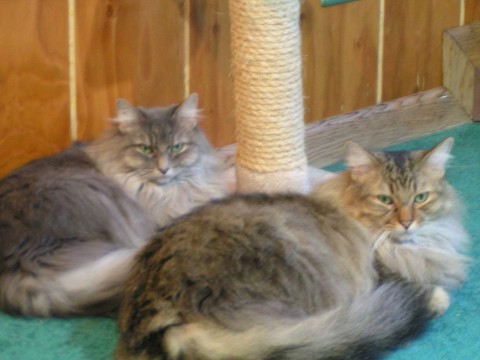Every cat scratches things; it’s a natural behavior for them, and we can’t stop them from doing it. The problem comes when they scratch things up that we don’t want them scratching. Perhaps you’ve bought scratching posts, and other surfaces, and you just can’t get your cat to use them. Why do cats do this, and how do you make cats scratch where you want them to?
Science may help us learn why cats scratch where they do
New research suggests that cats scratch surfaces where feline pheromones tend to be. We think that they scratch to sharpen their claws, but one of the main reasons cats scratch is actually to deposit scent and mark territory. A research team, led by Professor John McGlone of Texas Tech University, studied kittens and their scratching behavior, according to Science Daily.
They bought different scratchers for the kittens, because knowing what type of scratcher a kitten prefers would help people buy scratchers that their kittens will use. What they found was that these kittens seemed to prefer an “S” shaped, flat, cardboard scratcher. Something of particular note, though, was that the kittens seemed to prefer scratchers that had more pheromones on them.
According to McGlone, cat fur contains more pheromones than anything else, and those pheromones stick to fur. Cat fur makes cats scratch more than even catnip. Once the kittens were placed into a controlled environment, they seemed to prefer older “S” scratchers to newer ones, which supports the hypothesis that it’s pheromones that make cats scratch.
How this applies to where cats scratch in your home
What this tells us is that, when a cat rubs its body, its face, or scratches, on your furniture, it’s depositing pheromones, which may draw it back to that spot later. There might not be much you can do about that, except to try to keep the area free of fur. However, you can train cats to scratch where you want them.
The first thing you can do is put something like sticky tape on the areas you want to protect from your cat. This is a situation where you want your furniture to train your cat, rather than doing it yourself. If you tap your cat’s nose, or squirt her with a bottle, or make a loud sound, when she scratches, you’ll just teach her to do it when you’re not around. She won’t understand punishment after the fact, either. Punishing her later for something will just make her afraid of you.
Training cats to scratch where we want
The researchers haven’t conclusively determined whether cats scratch more because of pheromones; they only have evidence pointing in that direction. However, you can use this to see if you can teach your cat to scratch her scratchers more with the following steps (make sure you’ve got good treats handy):
- Carry her to her scratcher, and gently place her on it.
- Very gently press her paw pads against it.
- Avoid playing with her toes while you do this, unless you know she likes that.
- Slowly and gently rub her paws on the scratchers.
- Give her a treat both before, and after, each training session
The goal is to create a positive experience while helping her deposit her scent, so she’ll not only be attracted to her scratchers, but going to them will make her feel happy, not anxious. Since cats scratch because it’s natural to them, you want her to know that you approve of her doing it on her scratchers. The last thing you want to do is make her feel anxious about a natural behavior.
McGlone and his team want to continue their research into why cats scratch, and why they do it where they do it. The next step, according to the Science Daily piece, is to determine which pheromones control which behavior. The bottom line is, however, that cats scratch because it’s natural to them. Knowing why can help us better teach our cats to scratch where we want them to.





